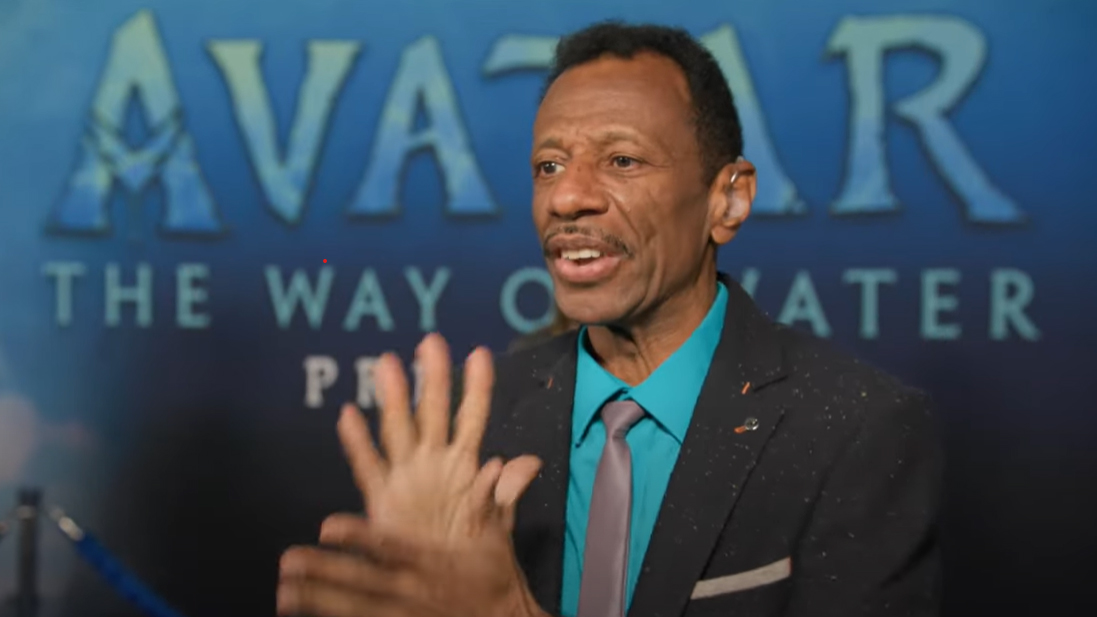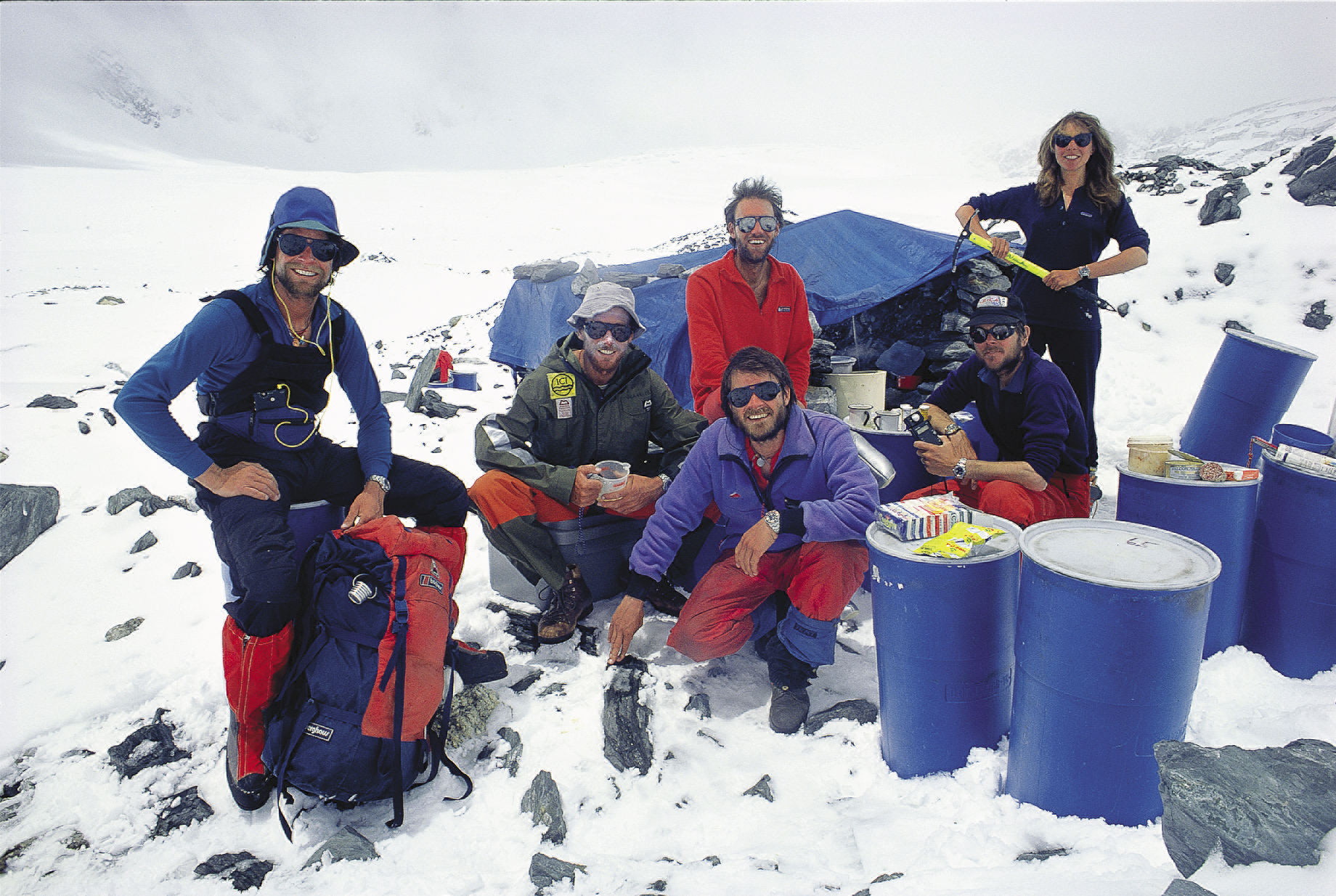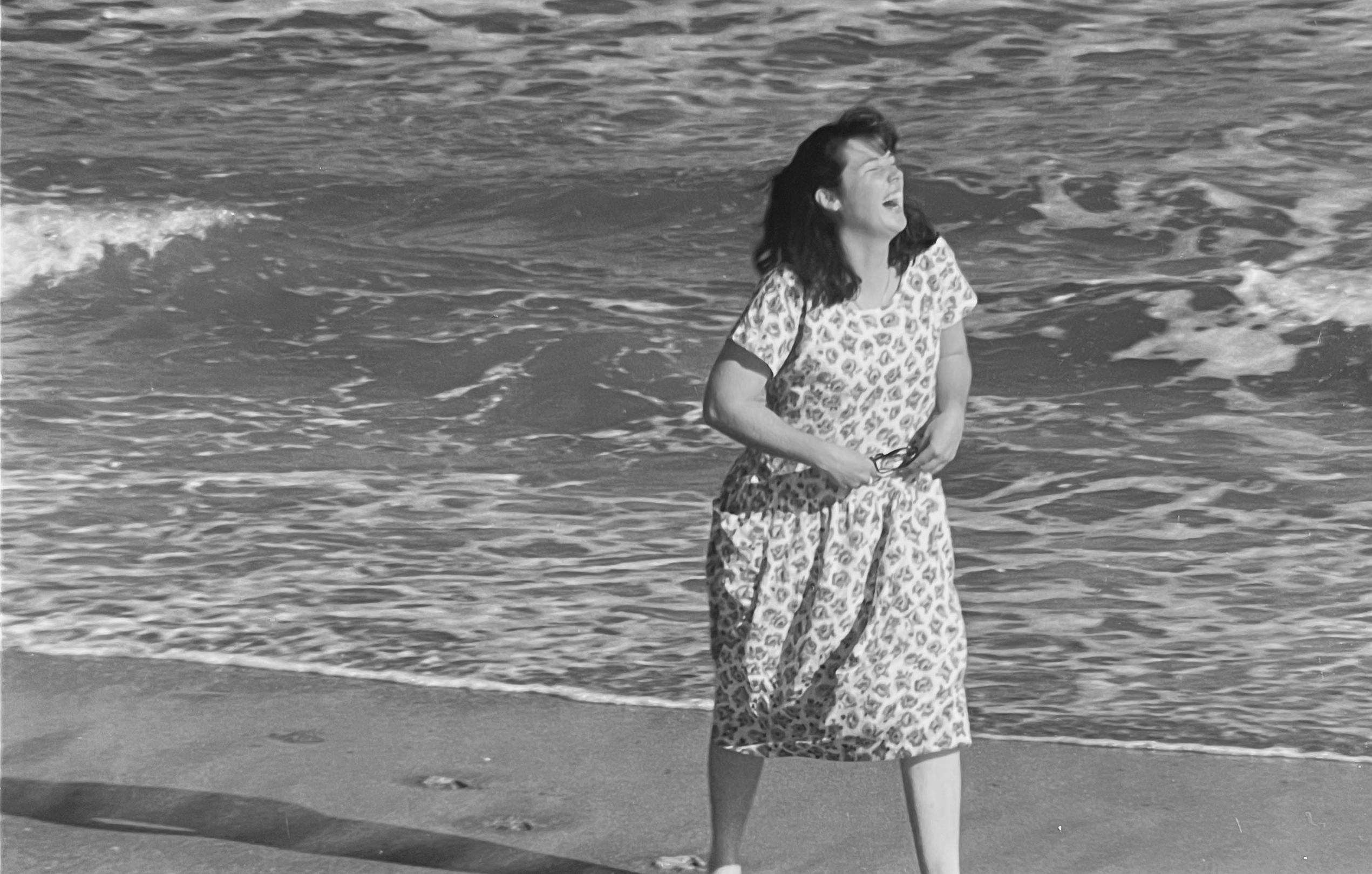
Biking a thousand miles is a tough challenge at the best of times, but throw in mammoth sand dunes, ferocious head winds, extreme isolation and lions and it becomes one of the toughest challenges on the planet.
This is what faced explorer Dr Kate Leeming, as she set out to become the first person in history to cycle the entire length of Namibia’s coastline, the Skeleton Coast.
The 1,621 km journey, captured in a four-part documentary series, ‘Diamonds in the Sand’, sees Kate endure some of the most inhospitable terrain and harshest climate on Earth, in one of Africa’s most remote and spectacular locations.
Some of Kate’s previous accomplishments include becoming the first person in history to cycle across Africa, from its most westerly to its most easterly points over 22,000km (exploring the causes and effects of extreme poverty), the first woman to cycle across the new Russia unsupported (aiding the children of Chernobyl) and riding 25,000km through Australia (partnered by UNESCO).

In Namibia, Kate battled extreme headwinds, energy-sapping sand dunes and came face to face with the endangered, but deadly, Kunene Lions hidden amongst their vast desert range. With soaring temperatures and continuous soft sand, the desert pushed Kate to the edge of her mental and physical limits, as she was forced to live off her wits, not least when she became lost in the desert.
But the journey, which took a month to complete, was about much more than struggling through gritted teeth, and included incredible highs in the form of stunning landscapes, fascinating history and unique wildlife.
“Behind the harshness of the landscape there was real beauty; the wild ocean on one side, towering dunes on the other. Eerily, the coastline is littered with the sun-bleached skeletons of dead animals and the rusting remains of countless shipwrecks; the Dunedin Star, the Eduard Bohlen and the Shawnee, to name a few, where those lucky enough to make it to shore quickly discovered it didn’t guarantee survival,” recalled Kate in a press release.

“The wildlife was another highlight of the journey for me. Here, it does not rain. Plants have evolved to extract moisture from the sea fog while many of the animals have also made unique adaptations, amongst them elephants and rare brown hyaena. Perhaps most fascinating, if not worrying on a bike, are the desert-adapted lions, the only cats known to enter the water to kill seals. We saw tracks where they’d been dragging seal carcasses away from the beach.”
Kate also discovered some of the harsh realities of life for an underprivileged community living on the fringe of Swakopmund, a coastal city. She listened to heart-breaking stories where lack of opportunity has deprived them of the basic necessities of life; access to food, clean water, shelter, health, education and decent work. However, Kate, whose journeys always have a humanitarian element, saw reason for hope when she spoke at several schools in the area, where she was inspired by the thoughtful questions and joie de vivre.

One of the biggest surprises of the expedition came at the very end of Kate’s journey as she entered the town of Oranjemund. Dubbed as ‘Namibia’s most mysterious town’, it was closed to outsiders for 85 years, as it existed to service a huge diamond mining operation. As this winds down, the diamond company is keen to support those who live there and the town has, for the first time, opened its doors to the world. A juxtaposition in the desert, Oranjemund offers modern amenities, whilst wild oryx wander the streets and a 500-year-old shipwreck, the Bom Jesus, lies freshly excavated, complete with the 3000 gold coins that were found in the sand.
“It was a bit of a shock to come into civilization at the end of such a journey, but Oranjemund was the perfect place to do it. With an air of mystery surrounding it and right on the doorstep of the desert, it’s the perfect stepping off point for anyone wanting to make their own adventures in this part of the world,” said Kate.

Throughout her journey, Kate rode a custom-made Christini all-wheel drive fatbike. The bike has a driven front wheel which ‘pulls’ the bicycle and rider forward (it engages instantly when the back wheel slips) in addition to the traditional rear-wheel ‘pushdrive’ mechanisms, giving the bike better grip through sand, snow or over slippery surfaces like ice or wet rocks.
Available to stream on Outside TV, ‘Diamonds in the Sand‘ is a four-part documentary series about Kate’s incredible journey. If it’s anything like Kate’s previous documentary ‘Njinga’, about her ride across Africa, which won best cinematography and best sports documentary at the Action on Film International Film Festival in Los Angeles, it will be one to watch.

















